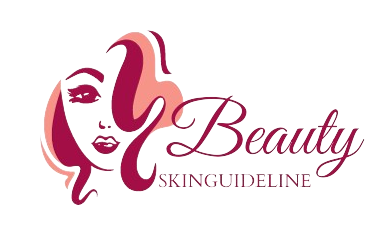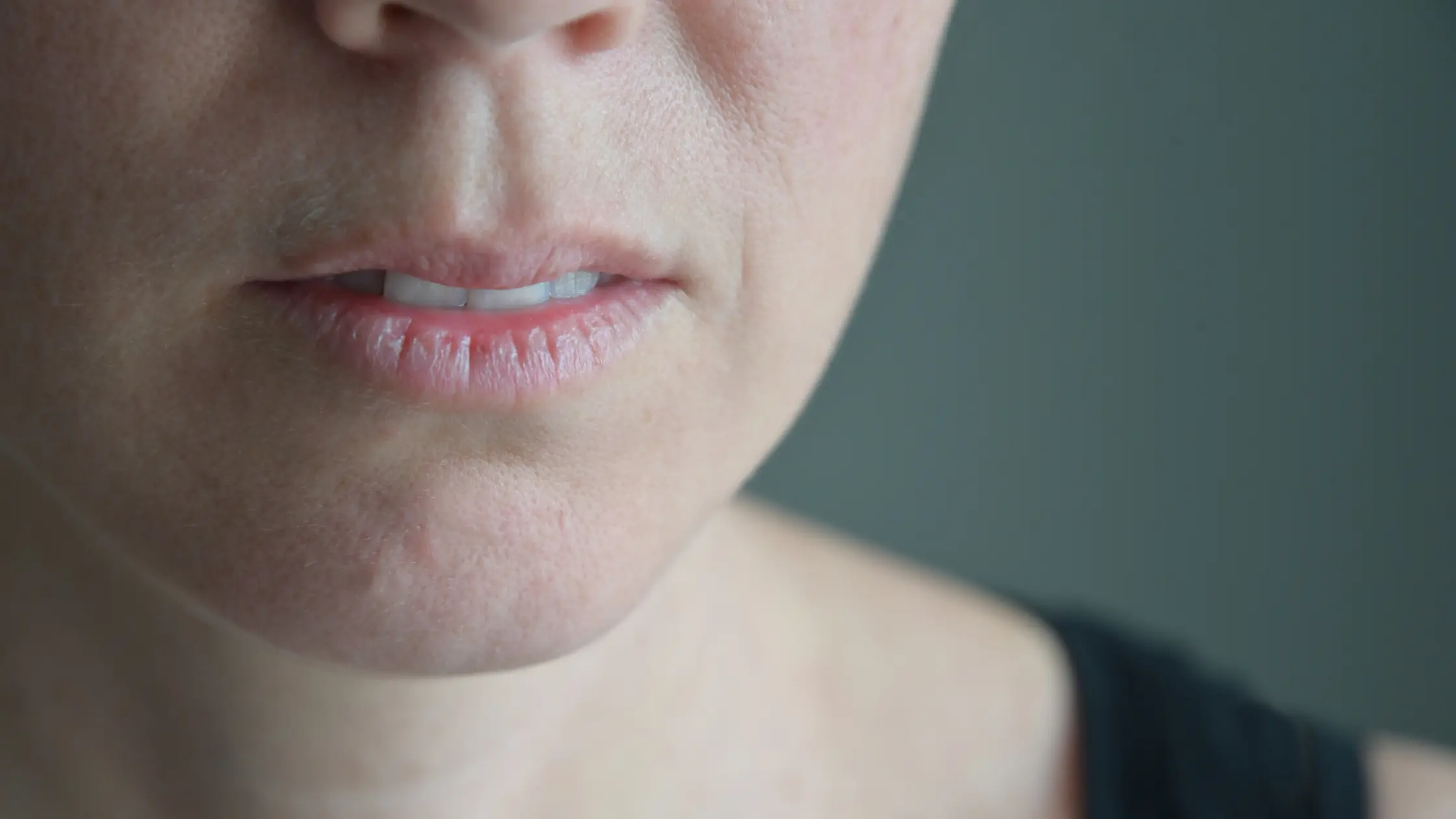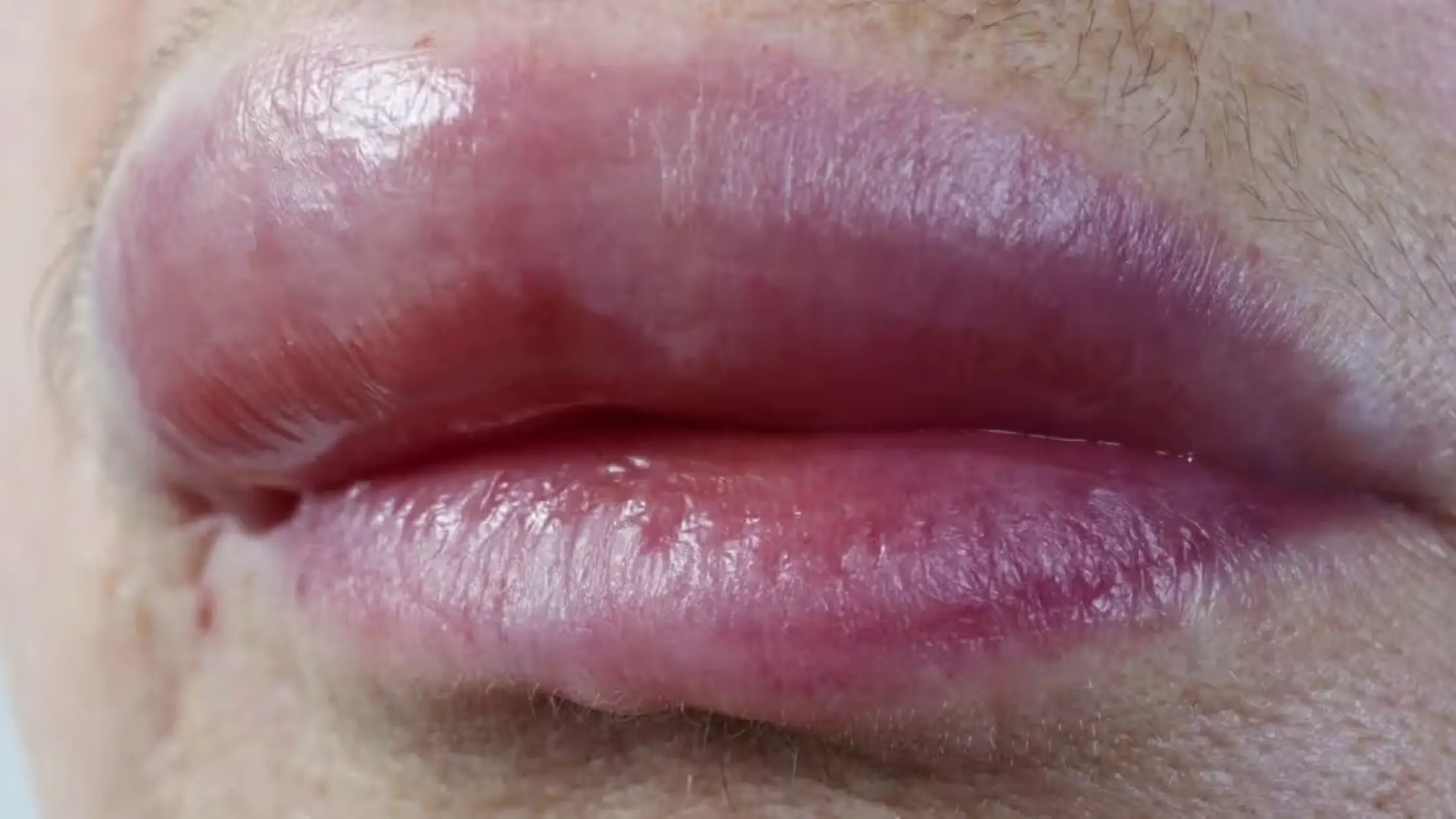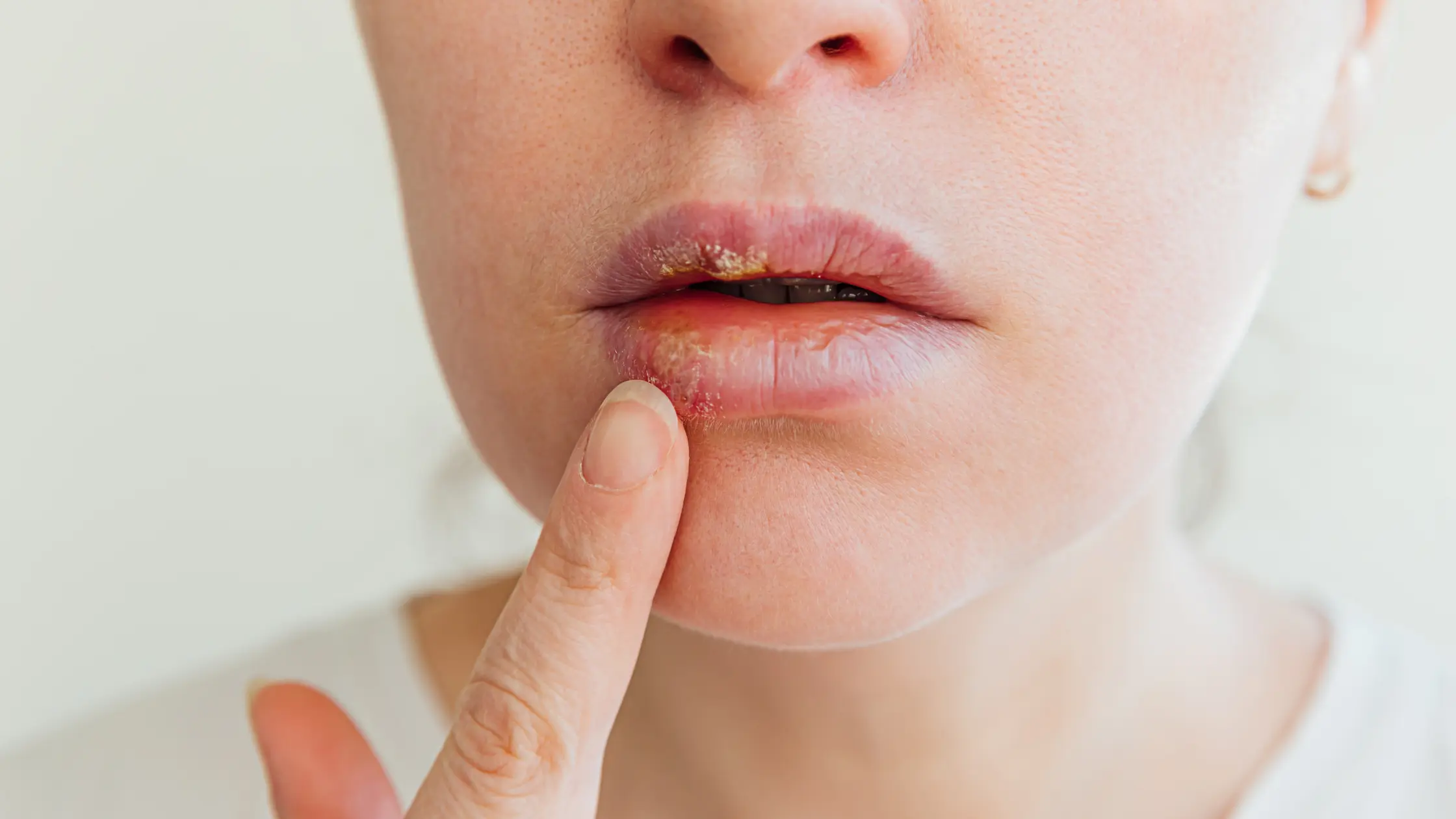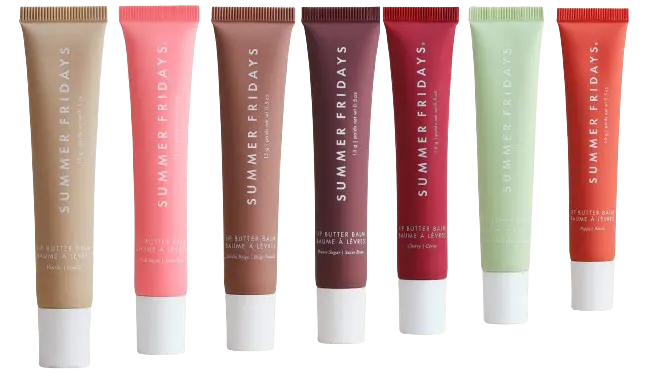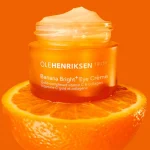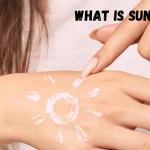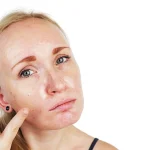Does Crying Make Your Eyelashes Longer
Discover the truth of, does crying make your eyelashes longer?! Nothing feels better than the sensation or peace you feel after crying. Whether they’re tears of happiness or sadness, the post-cry session feels like a weight has been lifted off your shoulders. I’m sorry for your crying, crying doesn’t make your eyelashes grow longer. While some may believe that tears nourish or affect natural lashes, tears are actually 98% water and do not provide any special nutrients to lashes. Ophthalmologists and dermatologists in particular say that there is no scientific evidence yet to support the claim that crying promotes eyelash growth. Instagram Twitter Pinterest Instead, they also explain that when you cry, your eyelashes may look shinier, darker, and more vibrant, because tears help lubricate the lashes, but crying doesn’t make them longer. Therefore, the idea that crying can lengthen your eyelashes is a misconception. Those who say this are mistaken. Let’s know everything about eyelashes and how to make them longer. Everything is given below. Why Our Eyelashes Are Important Eyelashes may seem delicate and only for cosmetic purposes, but they actually play an important role in maintaining the health of our eyes and protecting the eyes. Below are some important reasons why our eyelashes are important: First is protection: Barrier against debris: Eyelashes are the first bodyguard of defence against dust, dirt, pollen and other particles that can irritate or damage the eye. Their curved shape and overlapping pattern prevent these irritants from reaching the sensitive eye surface. Shield against bright light: While not a replacement for sunglasses, eyelashes act as a filter to some incoming light, especially in bright environments. Intact and foreign object barrier: Eyelashes act like a “warning system” – their sensitivity triggers a flashing reflex when something gets too close, causing the eyelashes to close. Lubrication and moisture retention: Reduce tear evaporation: Eyelashes form a barrier around the eye, helping to trap moisture and slow tear evaporation. It maintains the comfort and lubrication of the eyes. Spread Tear Film: The tear film is spread over the eyelid with the help of eyelids. It maintains transparency and protects the cornea. Why Do Our Eyelashes Become Thin? There can be several reasons for thinning eyelashes. These include: Ageing and Hormonal Abnormalities: Aging and menopause can cause hormonal imbalances that cause thinning hair, eyebrows and eyelashes. Rough treatments and allergic reactions: Vigorous scrubbing while removing makeup, allergic reactions to mascara can cause eyelashes to break and thin. Eyelash extensions and false eyelashes, if not removed properly, can also cause thinning of the eyelashes. Medical conditions: Medical conditions such as thyroid imbalance, psoriasis, eczema, excessive stress and trichotillomania (an anxiety disorder that causes compulsive hair pulling) can contribute to eyelash loss. Bad beauty habits: Improper beauty routines, such as eye makeup Sleeping rough, rubbing the eyes vigorously while removing makeup, and using excessive or inappropriate amounts of eyelash curlers and mascara can damage the eyelashes. Medical causes: Certain medical conditions, including thyroid gland problems and alopecia areata, can also cause lash shedding. In summary, thinning eyelashes can be caused by a variety of factors, including ageing, hormonal imbalances, harsh treatments, allergic reactions, medical conditions, and poor beauty habits. Keeping these things in mind and maintaining a healthy eyelash care routine is essential to prevent and combat thinning eyelashes. Are There Any Benefits To Crying? Absolutely! Although crying is often associated with sadness and negativity, there are actually several potential benefits to crying. Below is a breakdown of some of the ways crying can be helpful: Physical Benefits: Detoxification: Letting go of emotional tears might assist lower stress levels in the body since they contain stress chemicals. Pain relief: Endorphins, the body’s natural analgesics, are released when we cry, and they can momentarily reduce pain. Lubrication: Tears clear the eye of debris and other irritants while also lubricating it. Emotional satisfaction: Self-soothing: Crying can be a way to release emotions and promote feelings of calmness and relaxation. Coping method: This can be a healthy way to process difficult emotions such as sadness, grief or anger. Emotional expression: Crying can help communicate your feelings to others and increase connection. Important notes Not everyone experiences the same effects when crying. While crying can be helpful, it shouldn’t be the only way to cope with difficult emotions. If you find yourself crying excessively or uncontrollably, it’s important to seek professional help. What Are The Particles In Human Tears? Tears, although seemingly simple, are actually quite a complex mixture made up of several key ingredients: Water: The main component of tears, which is about 98%. It moisturises and lubricates your eyes. Electrolytes: These minerals, including sodium, potassium and chloride, give tears their salty taste and help maintain the proper balance of fluid in your eyes. Protein: These include lysozyme (an enzyme that fights bacteria), lactoferrin (which binds iron and inhibits bacterial growth), and immunoglobulin (antibodies that help fight infection). Lipids: These oily substances help tears evaporate very quickly and keep your eyes lubricated. Mucus: This thick substance helps tears stick to your eye and spread evenly over its surface. Note: But in the lab test, it has been seen that there are some differences in the tears that come out of the eyes when you are happy and the tears that come out of the eyes when you are sad. Although crying may not always be a pleasant experience, the complex mix of substances in tears play an important role in keeping your eyes healthy and functioning properly. Summary Whether from joy or sorrow, crying does not cause eyelashes to grow longer. As tears are 98% water, they don’t include any specific nutrients that help lashes develop. There is no scientific evidence, according to ophthalmologists and dermatologists, to support the notion that weeping encourages the growth of eyelashes; on the contrary, tears might make lashes look shinier. Because they serve as a screen against strong light and a barrier against particles, eyelashes are essential for eye protection. A number of causes, including ageing, hormonal imbalances,
Does Crying Make Your Eyelashes Longer Read More »

